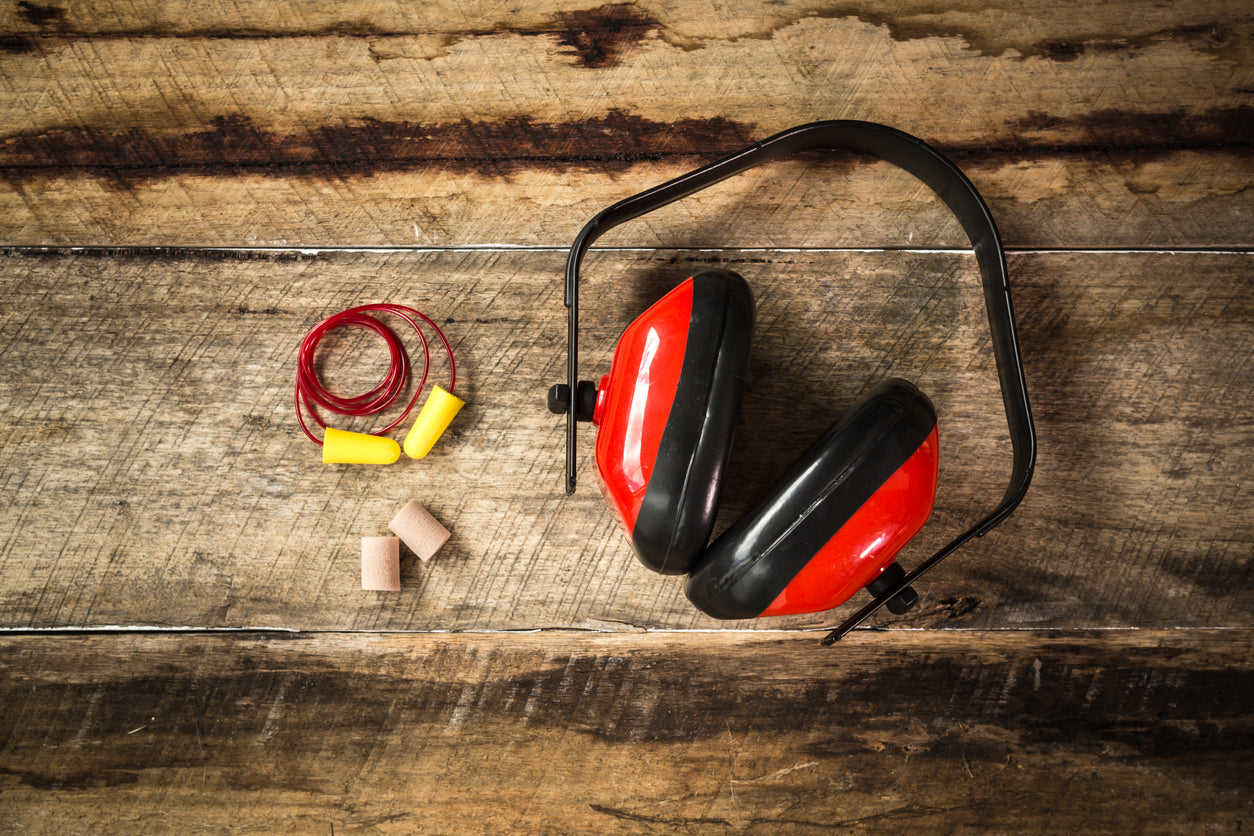Earplugs and earmuffs are both hearing protection devices designed to reduce exposure to loud noises. However, they differ in their form, how they function, and when they might be preferred:
-
Form:
- Earplugs: Earplugs are small inserts made of foam, silicone, or other materials that are placed directly into the ear canal. They create a seal to block or reduce sound.
- Earmuffs: Earmuffs are ear coverings made of two cushioned cups connected by a headband. They cover the entire external ear and create a seal around them.
-
Insertion:
- Earplugs: These need to be inserted into the ear canal. They are often rolled or compressed before insertion and then expand to fit the ear canal's shape.
- Earmuffs: Earmuffs are worn over the ears, and there is no need for insertion into the ear canal.
-
Noise Reduction Rating (NRR):
- Earplugs: Earplugs generally have a similar or slightly higher NRR than earmuffs. The NRR is a measure of how effective they are at reducing noise. It's usually expressed in decibels (dB).
- Earmuffs: While they tend to have a slightly lower NRR compared to earplugs, they still provide significant noise reduction.
-
Comfort and Fit:
- Earplugs: Comfort and fit can vary. Some people find them comfortable, while others may find them less so. Proper fit is essential for their effectiveness.
- Earmuffs: Earmuffs typically provide a consistent fit over the ears and are often considered more comfortable for extended use.
-
Ease of Use:
- Earplugs: They are compact, portable, and easy to carry in a pocket or bag. Insertion may take some practice to achieve a proper seal.
- Earmuffs: Earmuffs are bulkier and less portable but are easy to put on and take off quickly.
-
Hygiene:
- Earplugs: Disposable earplugs are available and can be used once and discarded for hygiene. Reusable earplugs should be cleaned regularly.
- Earmuffs: Earmuffs are easier to clean and maintain.
-
Applications:
- Earplugs: They are often preferred in situations where low-profile hearing protection is needed, such as for musicians or in industries where headgear may be cumbersome.
- Earmuffs: Earmuffs are commonly used in industrial settings where a high degree of noise protection is required. They are also suitable for outdoor activities, shooting ranges, and aviation.
The choice between earplugs and earmuffs often depends on personal comfort, the specific noise level, and the nature of the activity. In some cases, using both earplugs and earmuffs simultaneously, known as double hearing protection, can provide maximum noise reduction for exceptionally loud environments.

